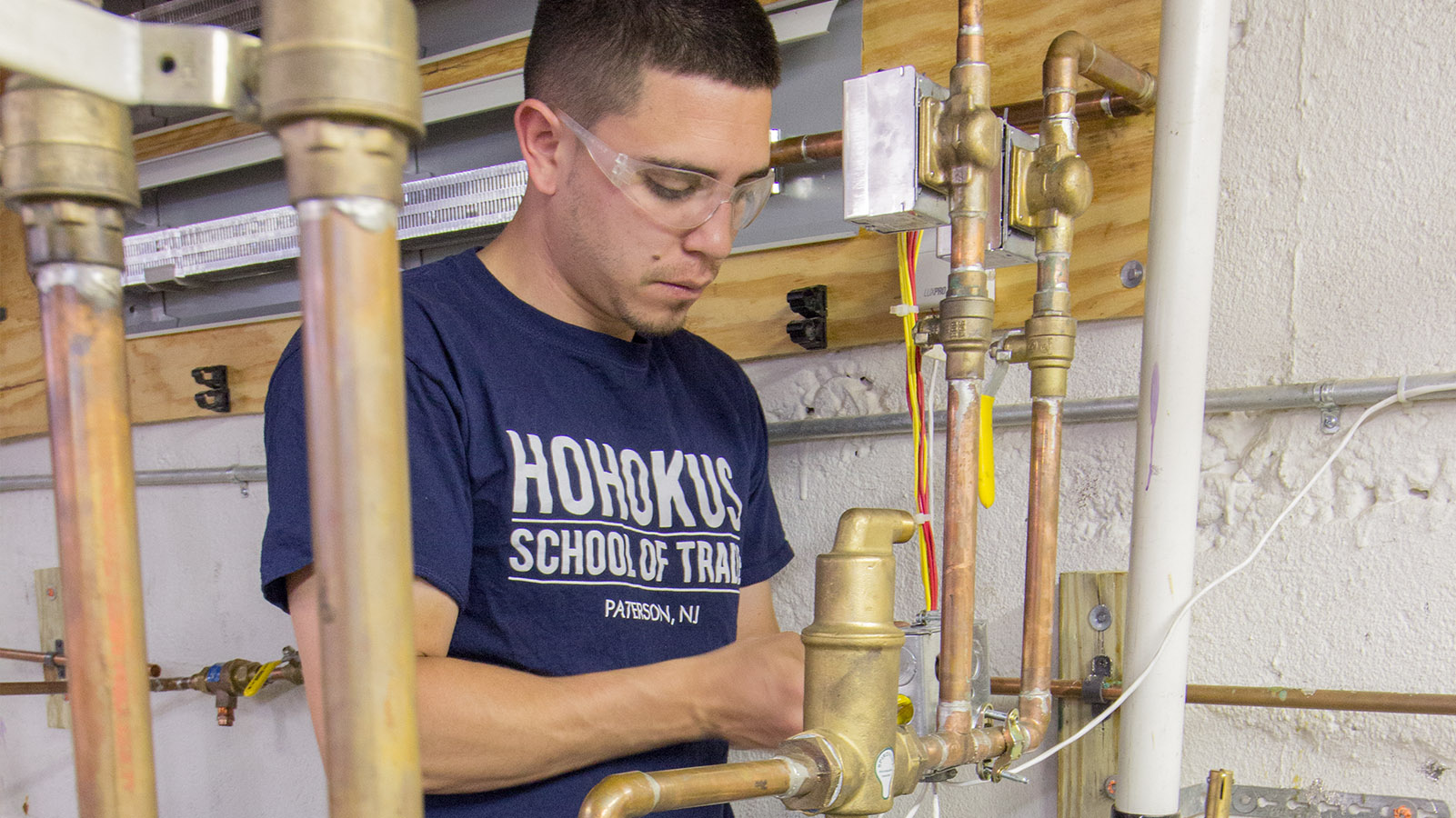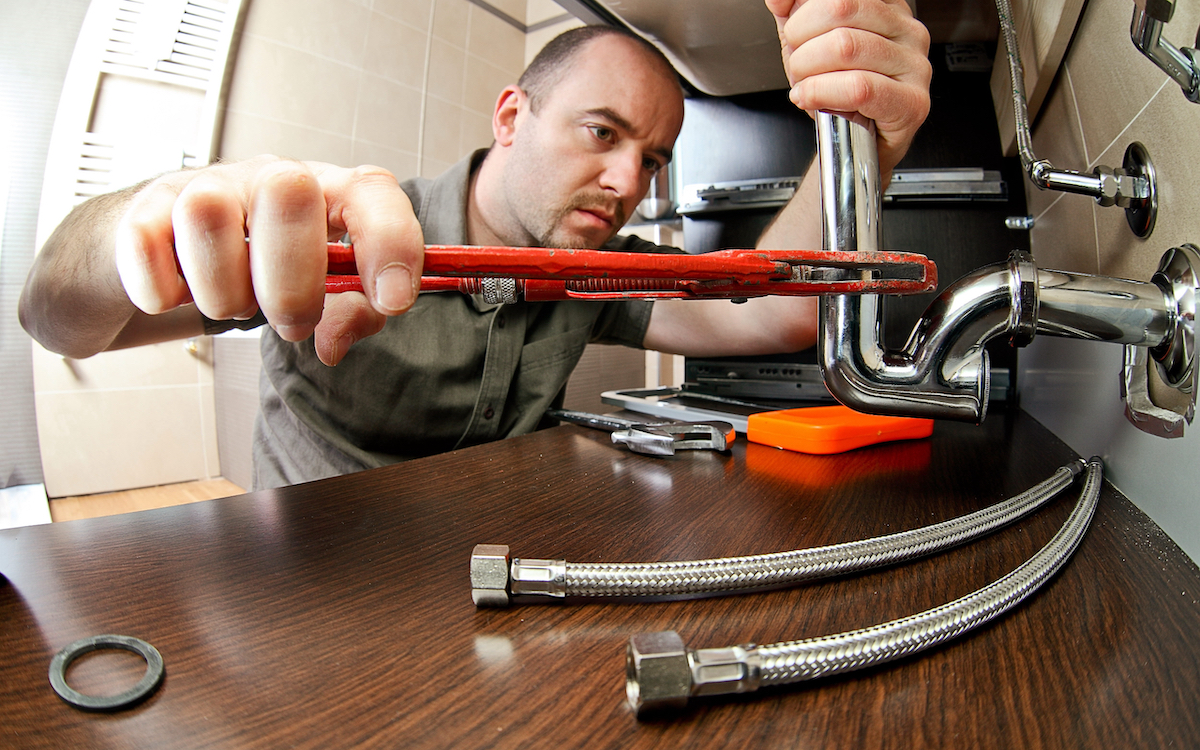Premier Plumber Alabaster AL Ready to Serve You Anytime
Premier Plumber Alabaster AL Ready to Serve You Anytime
Blog Article
A Detailed Overview to Effective Water Heater Installment for Optimum Performance
Getting started on the job of setting up a water heating system is an endeavor that demands accuracy and an organized technique for accomplishing optimal efficiency. As you continue, the intricacies of connecting water supply lines and establishing up trustworthy electric or gas connections wait for, promising insights into ensuring efficiency and dependability.
Choosing the Right Hot Water Heater

Following, take into consideration the dimension and ability of the hot water heater. It's essential to evaluate your house's warm water demands, which can vary based on the number of passengers and their usage patterns. A device that's as well little may result in not enough warm water, while a large model could lead to unnecessary power usage.
Efficiency scores also play an essential function in selection. Search for hot water heater with high Power Variable (EF) scores, suggesting premium efficiency and lowered energy use. Tankless models, though commonly more expensive upfront, offer considerable energy cost savings in time as a result of their on-demand heating capabilities.
Preparing the Setup Area
Prior to setting up a brand-new water heater, precise prep work of the installment location is necessary. This ensures a smooth installment process and helps avoid future complications (Plumbing Alabaster AL). Begin by choosing an appropriate place that conforms with local building regulations and security requirements. The area should be completely dry, well-ventilated, and obtainable for upkeep. It's crucial to gauge the room very carefully to suit the hot water heater's measurements, ensuring appropriate clearance around the unit for effective procedure and servicing.
Inspect the floor for stability, as the water heating system will certainly need a solid, degree surface area to run effectively. If required, set up a drip frying pan under the unit to capture possible leakages or spills, stopping water damages to the surrounding location.
Additionally, make certain that all essential tools and materials get on hand prior to starting the installment. This consists of products such as wrenches, screwdrivers, a level, and any added equipment required for securing the heating unit and placing. A well-prepared installment location sets the structure for a successful water heater arrangement, enhancing performance and security.
Connecting Water Lines
When attaching water lines to your freshly installed water heating system, it is vital to guarantee that all links are safe and leak-free to preserve efficient procedure and avoid water damage. Begin by identifying the cool and warm water system lines. The cold water inlet is usually noted with a blue tag or a "C", while the warm water outlet is marked with a red tag or an "H".
Usage versatile water heater adapters to help with a much easier installment process. Before affixing the adapters, put a plumbing technician's tape around the threaded ends of the water heater's inlet and outlet pipelines.
Once connections remain in location, gradually transform on the main supply of water shutoff. Examine each connection Website for leakages by aesthetically examining and feeling for wetness. Tighten up connections as required, and make sure the pressure alleviation shutoff is properly set up, securing versus too much pressure accumulation.
Establishing Up Electric or Gas Connections
Properly setting up the electrical or gas links for your water heating unit is a vital step to make certain effective and safe operation. For electrical hot water heater, begin by validating that the electric circuit works with the heating unit's voltage and amperage requirements. Make certain the power supply is shut off at the breaker to avoid mishaps. Attach the electrical cords to the heating unit following the manufacturer's electrical wiring diagram. Commonly, this involves linking the ground cord to the environment-friendly terminal, and the remaining wires to their corresponding terminals, securing each with wire nuts.
For gas hot water heater, security is critical. Validate that the gas supply is off before continuing. Connect the gas line to the hot water heater utilizing a versatile gas connector, guaranteeing it is effectively threaded and secured with pipeline joint substance or Teflon tape ideal for gas links. Tighten the links with a wrench, taking care not to over-tighten (Water Heater installation Alabaster AL).
When links are made, inspect for any kind of potential leaks. For gas lines, apply a soapy water solution to the joints; bubbles show a leak. For electrical connections, confirm that all wiring is secure and appropriately insulated, keeping compliance with regional electrical codes.
Checking and Adjusting for Performance
With the electrical and gas links safely in place, the next step is assessing the functional efficiency of your water heating unit. Begin by thoroughly switching on the water supply and guaranteeing there are no leakages at any one of the valves or joints. Once validated, proceed to fill up the tank, paying interest to the pressure and temperature level setups. It is a good idea to establish the thermostat to an advised temperature level of around 120 ° F(49 ° C) to balance power efficiency and comfort.
Following, do a complete assessment to ensure the burner or burner are functioning correctly. For electric heaters, make use of a multimeter to verify if the components are attracting the proper present. In gas versions, observe the heater fire; it must be consistent and blue, go now showing effective combustion.
Adjust the settings as required to get rid of inadequacies. Take into consideration executing insulation procedures, such as adding a water heating system covering, to better boost efficiency by minimizing warm loss. Furthermore, check the anode pole's condition, as a tatty pole can lower performance and lead to storage tank deterioration.
Final Thought
Reliable hot water heater setup is important for ensuring optimum efficiency and energy savings. By choosing the ideal kind and dimension, and diligently preparing the installation location, a structure for success is established. Firmly connecting water supply lines and carefully establishing electric or gas links minimize prospective concerns. Detailed screening for leaks and precise thermostat changes to 120 ° F enhance integrity and effectiveness. Following these actions advertises long-term performance and energy preservation in residential water heating systems.

Appropriately establishing up the electrical or gas connections for your water heating unit is a crucial step to make sure reliable and risk-free procedure. For electrical water heating systems, begin by verifying that the electrical circuit is suitable with the heater's voltage and amperage requirements. Attach the gas line to the water heating system utilizing an adaptable gas adapter, guaranteeing it is appropriately threaded and secured with pipe joint substance or Teflon tape suitable for gas connections.
Report this page